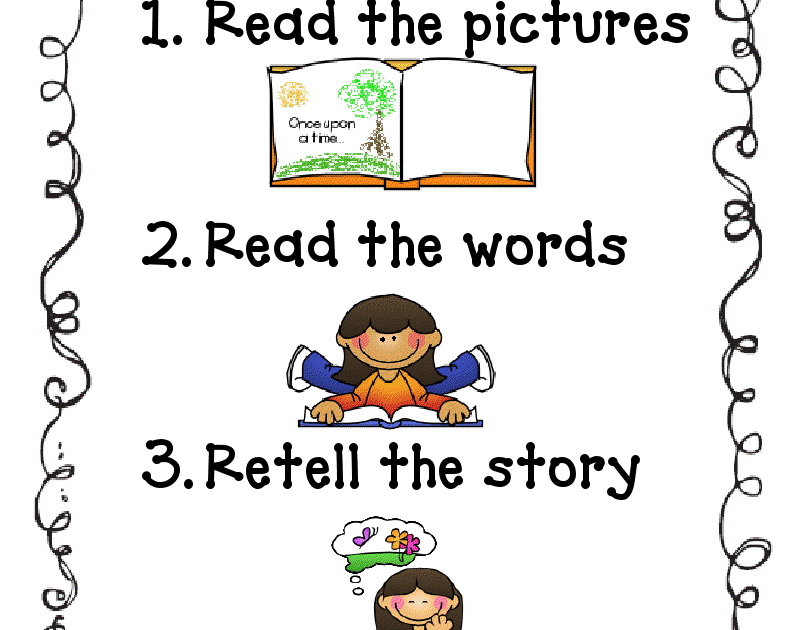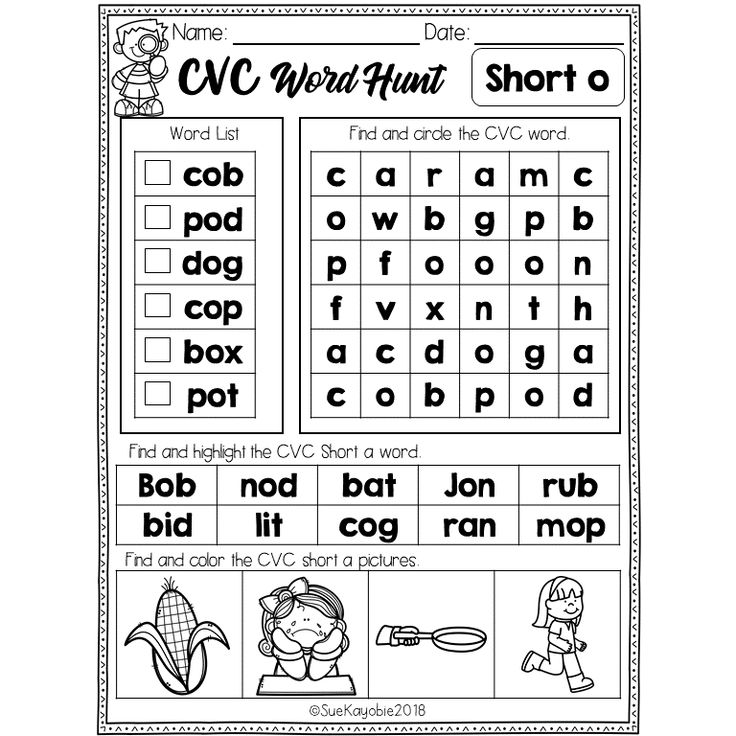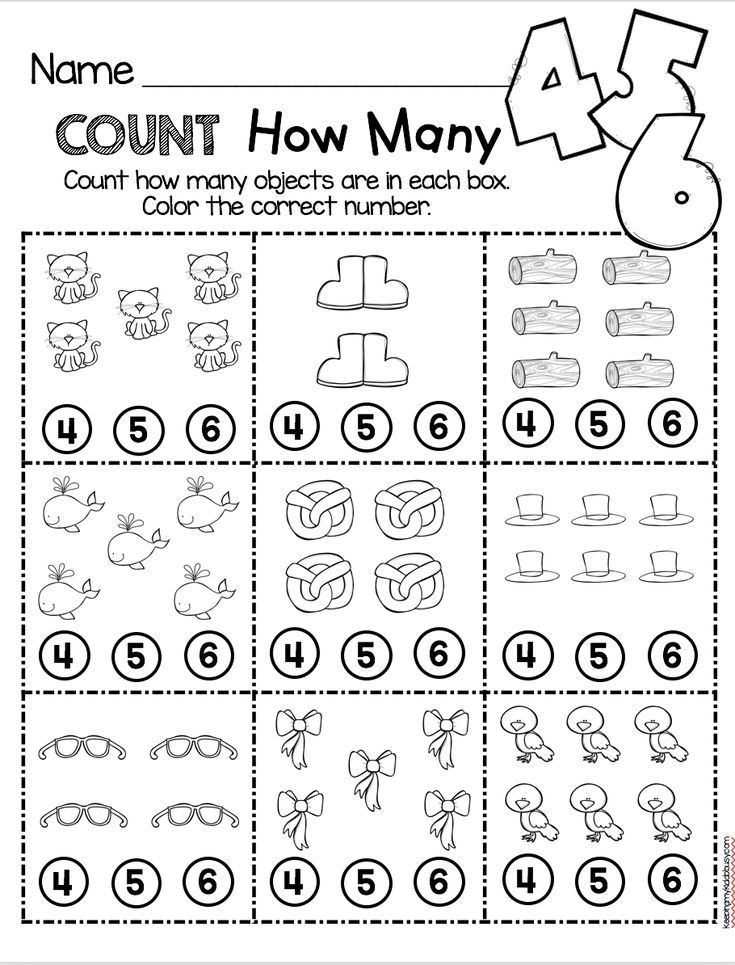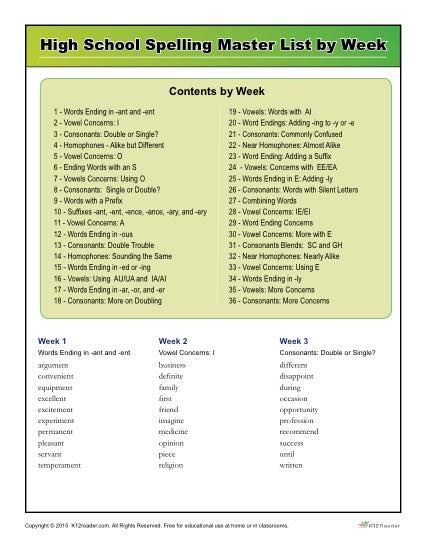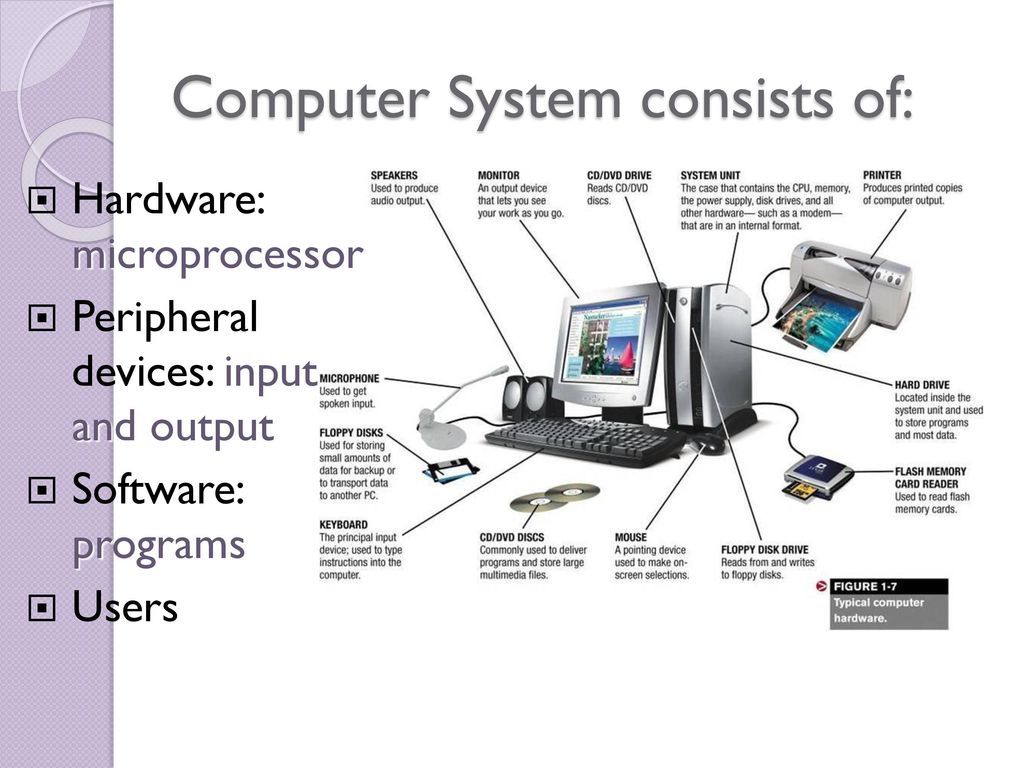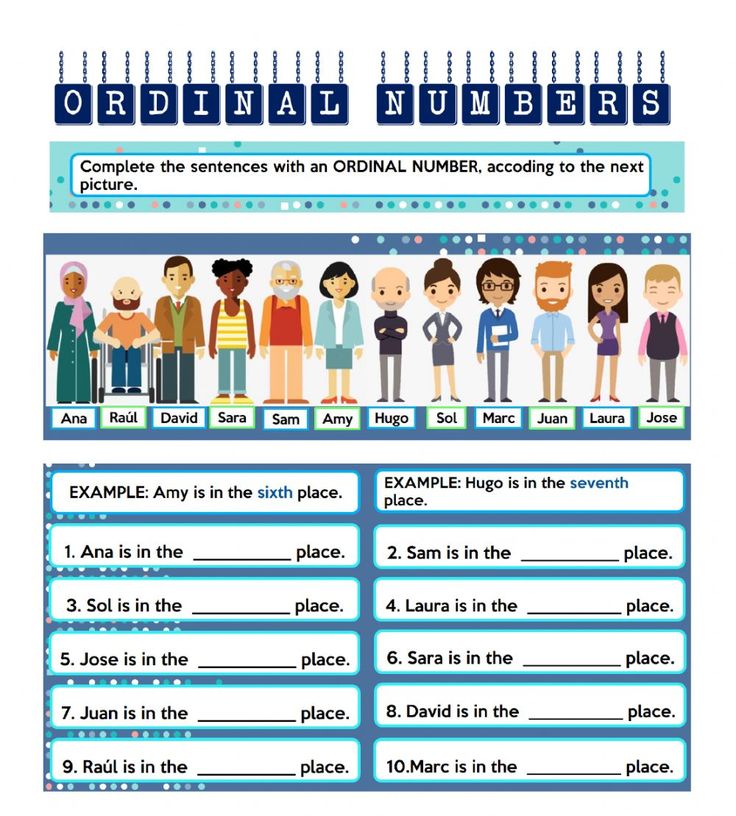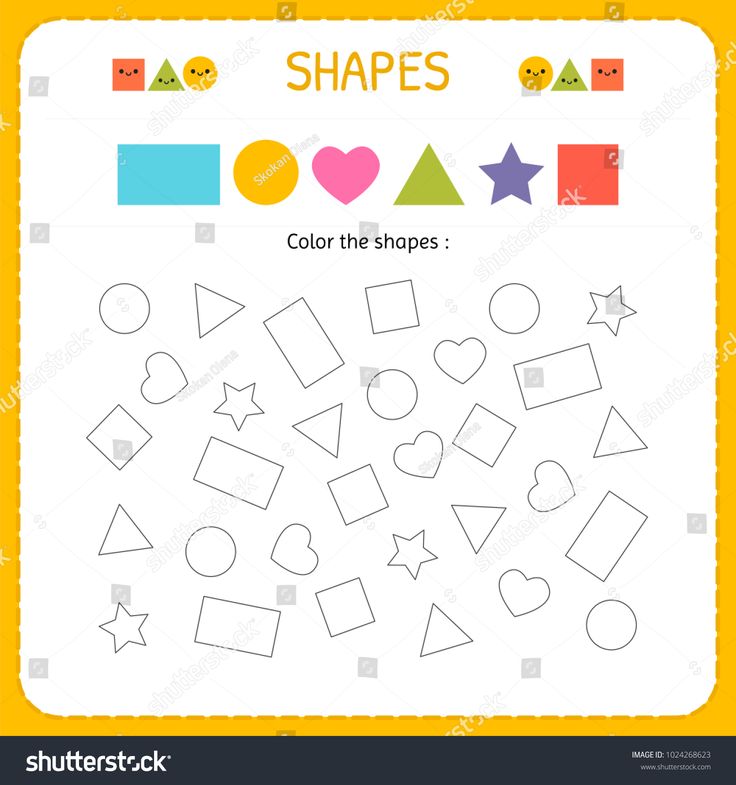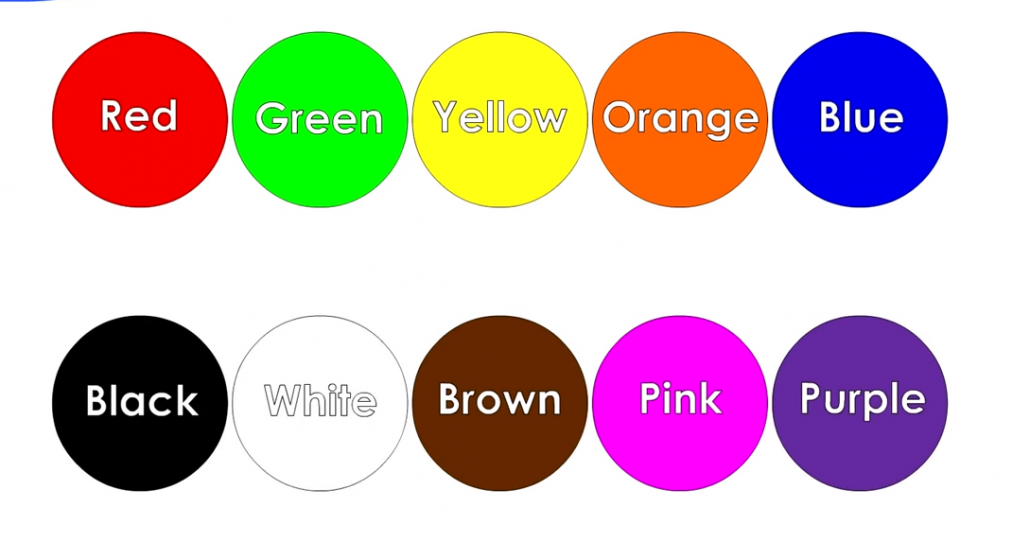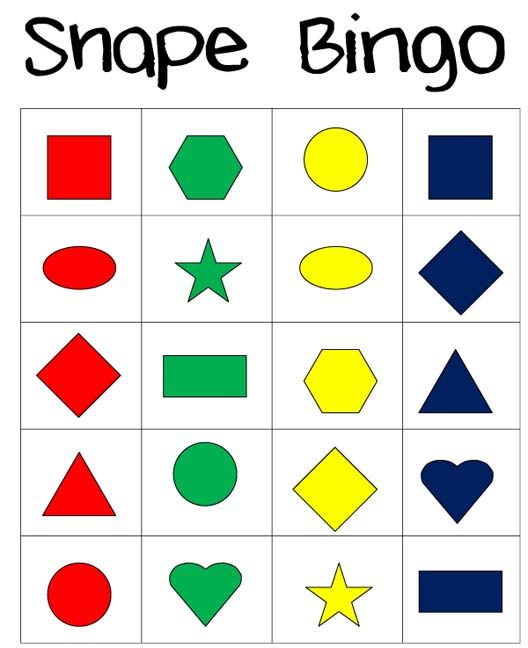Helping kindergartener read
9 Fun and Easy Tips
With the abundance of information out there, it can seem like there is no clear answer about how to teach a child to read. As a busy parent, you may not have time to wade through all of the conflicting opinions.
That’s why we’re here to help! There are some key elements when it comes to teaching kids to read, so we’ve rounded up nine effective tips to help you boost your child’s reading skills and confidence.
These tips are simple, fit into your lifestyle, and help build foundational reading skills while having fun!
Tips For How To Teach A Child To Read
1) Focus On Letter Sounds Over Letter Names
We used to learn that “b” stands for “ball.” But when you say the word ball, it sounds different than saying the letter B on its own. That can be a strange concept for a young child to wrap their head around!
Instead of focusing on letter names, we recommend teaching them the sounds associated with each letter of the alphabet. For example, you could explain that B makes the /b/ sound (pronounced just like it sounds when you say the word ball aloud).
Once they firmly establish a link between a handful of letters and their sounds, children can begin to sound out short words. Knowing the sounds for B, T, and A allows a child to sound out both bat and tab.
As the number of links between letters and sounds grows, so will the number of words your child can sound out!
Now, does this mean that if your child already began learning by matching formal alphabet letter names with words, they won’t learn to match sounds and letters or learn how to read? Of course not!
We simply recommend this process as a learning method that can help some kids with the jump from letter sounds to words.
2) Begin With Uppercase Letters
Practicing how to make letters is way easier when they all look unique! This is why we teach uppercase letters to children who aren’t in formal schooling yet.
Even though lowercase letters are the most common format for letters (if you open a book at any page, the majority of the letters will be lowercase), uppercase letters are easier to distinguish from one another and, therefore, easier to identify.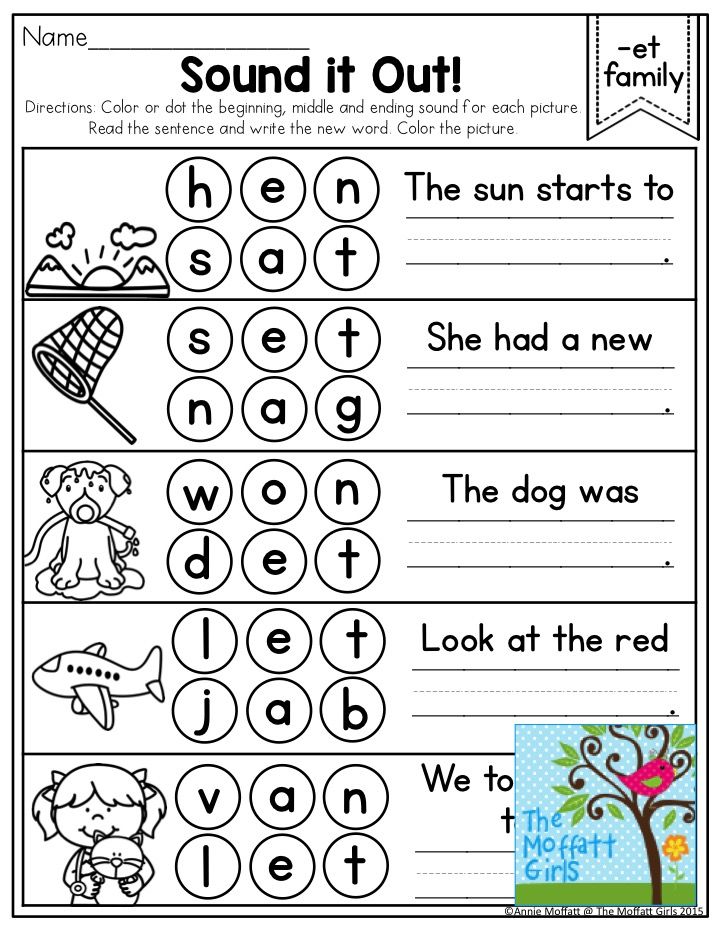
Think about it –– “b” and “d” look an awful lot alike! But “B” and “D” are much easier to distinguish. Starting with uppercase letters, then, will help your child to grasp the basics of letter identification and, subsequently, reading.
To help your child learn uppercase letters, we find that engaging their sense of physical touch can be especially useful. If you want to try this, you might consider buying textured paper, like sandpaper, and cutting out the shapes of uppercase letters.
Ask your child to put their hands behind their back, and then place the letter in their hands. They can use their sense of touch to guess what letter they’re holding! You can play the same game with magnetic letters.
3) Incorporate Phonics
Research has demonstrated that kids with a strong background in phonics (the relationship between sounds and symbols) tend to become stronger readers in the long-run.
A phonetic approach to reading shows a child how to go letter by letter — sound by sound — blending the sounds as you go in order to read words that the child (or adult) has not yet memorized.
Once kids develop a level of automatization, they can sound out words almost instantly and only need to employ decoding with longer words. Phonics is best taught explicitly, sequentially, and systematically — which is the method HOMER uses.
If you’re looking for support helping your child learn phonics, our HOMER Learn & Grow app might be exactly what you need! With a proven reading pathway for your child, HOMER makes learning fun!
4) Balance Phonics And Sight Words
Sight words are also an important part of teaching your child how to read. These are common words that are usually not spelled the way they sound and can’t be decoded (sounded out).
Because we don’t want to undo the work your child has done to learn phonics, sight words should be memorized. But keep in mind that learning sight words can be challenging for many young children.
So, if you want to give your child a good start on their reading journey, it’s best to spend the majority of your time developing and reinforcing the information and skills needed to sound out words.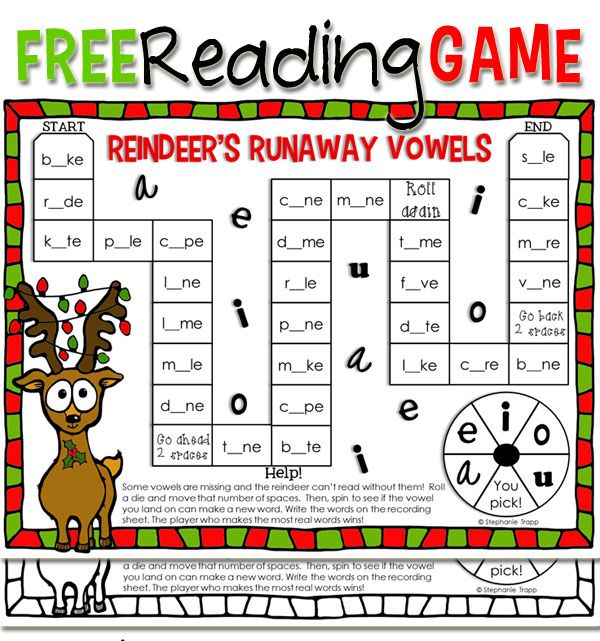
5) Talk A Lot
Even though talking is usually thought of as a speech-only skill, that’s not true. Your child is like a sponge. They’re absorbing everything, all the time, including the words you say (and the ones you wish they hadn’t heard)!
Talking with your child frequently and engaging their listening and storytelling skills can increase their vocabulary.
It can also help them form sentences, become familiar with new words and how they are used, as well as learn how to use context clues when someone is speaking about something they may not know a lot about.
All of these skills are extremely helpful for your child on their reading journey, and talking gives you both an opportunity to share and create moments you’ll treasure forever!
6) Keep It Light
Reading is about having fun and exploring the world (real and imaginary) through text, pictures, and illustrations. When it comes to reading, it’s better for your child to be relaxed and focused on what they’re learning than squeezing in a stressful session after a long day.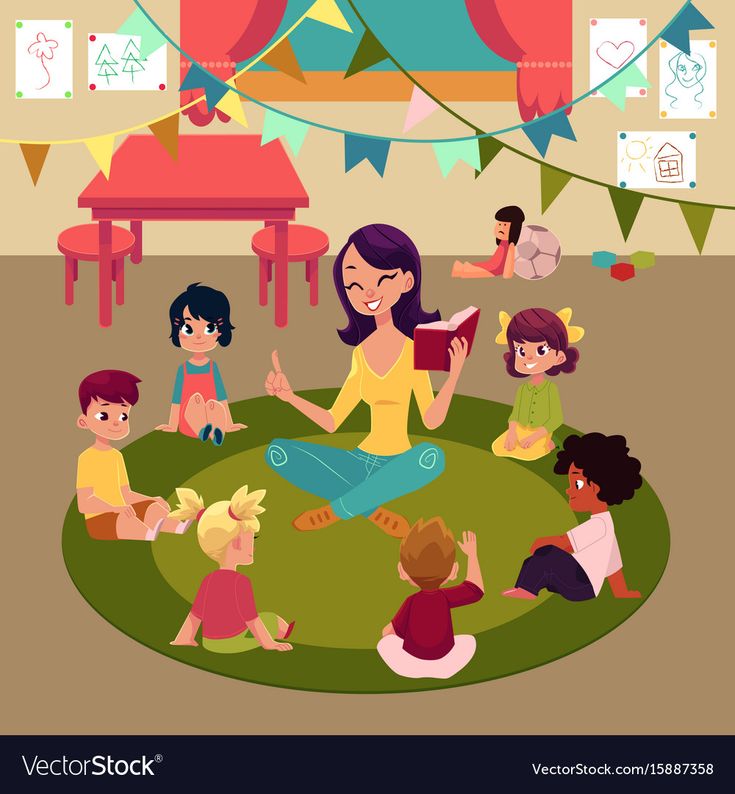
We’re about halfway through the list and want to give a gentle reminder that your child shouldn’t feel any pressure when it comes to reading — and neither should you!
Although consistency is always helpful, we recommend focusing on quality over quantity. Fifteen minutes might sound like a short amount of time, but studies have shown that 15 minutes a day of HOMER’s reading pathway can increase early reading scores by 74%!
It may also take some time to find out exactly what will keep your child interested and engaged in learning. That’s OK! If it’s not fun, lighthearted, and enjoyable for you and your child, then shake it off and try something new.
7) Practice Shared Reading
While you read with your child, consider asking them to repeat words or sentences back to you every now and then while you follow along with your finger.
There’s no need to stop your reading time completely if your child struggles with a particular word. An encouraging reminder of what the word means or how it’s pronounced is plenty!
Another option is to split reading aloud time with your child.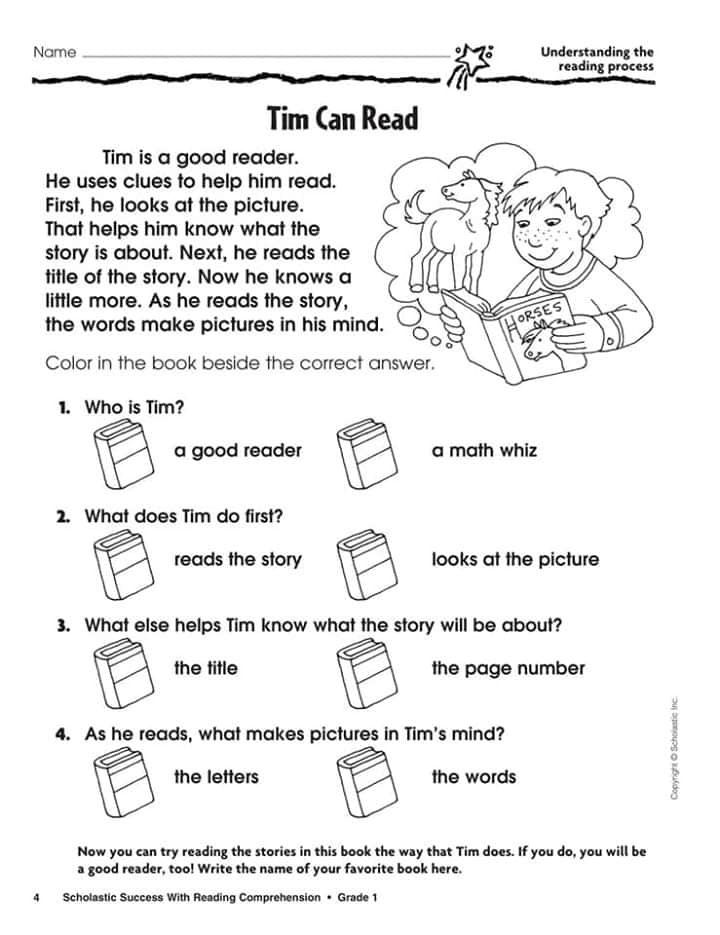 For emerging readers, you can read one line and then ask them to read the next. For older children, reading one page and letting them read the next page is beneficial.
For emerging readers, you can read one line and then ask them to read the next. For older children, reading one page and letting them read the next page is beneficial.
Doing this helps your child feel capable and confident, which is important for encouraging them to read well and consistently!
This technique also gets your child more acquainted with the natural flow of reading. While they look at the pictures and listen happily to the story, they’ll begin to focus on the words they are reading and engage more with the book in front of them.
Rereading books can also be helpful. It allows children to develop a deeper understanding of the words in a text, make familiar words into “known” words that are then incorporated into their vocabulary, and form a connection with the story.
We wholeheartedly recommend rereading!
8) Play Word Games
Getting your child involved in reading doesn’t have to be about just books. Word games can be a great way to engage your child’s skills without reading a whole story at once.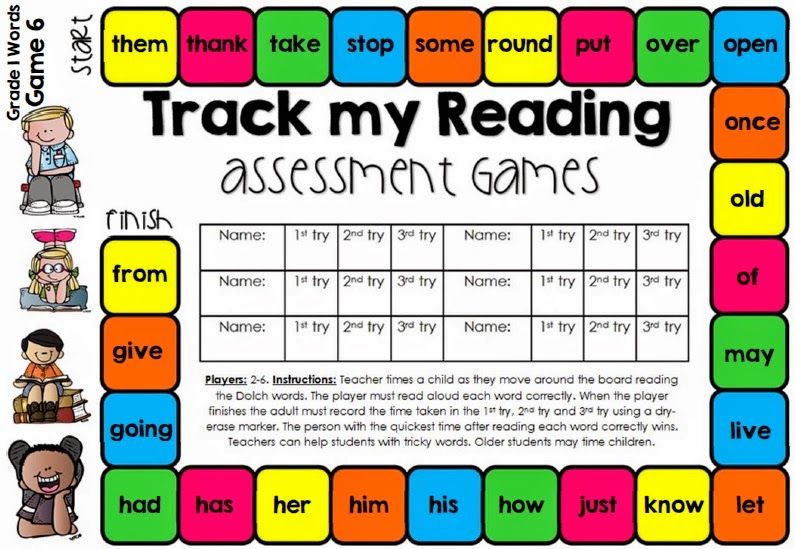
One of our favorite reading games only requires a stack of Post-It notes and a bunched-up sock. For this activity, write sight words or words your child can sound out onto separate Post-It notes. Then stick the notes to the wall.
Your child can then stand in front of the Post-Its with the bunched-up sock in their hands. You say one of the words and your child throws the sock-ball at the Post-It note that matches!
9) Read With Unconventional Materials
In the same way that word games can help your child learn how to read, so can encouraging your child to read without actually using books!
If you’re interested in doing this, consider using PlayDoh, clay, paint, or indoor-safe sand to form and shape letters or words.
Another option is to fill a large pot with magnetic letters. For emerging learners, suggest that they pull a letter from the pot and try to name the sound it makes. For slightly older learners, see if they can name a word that begins with the same sound, or grab a collection of letters that come together to form a word.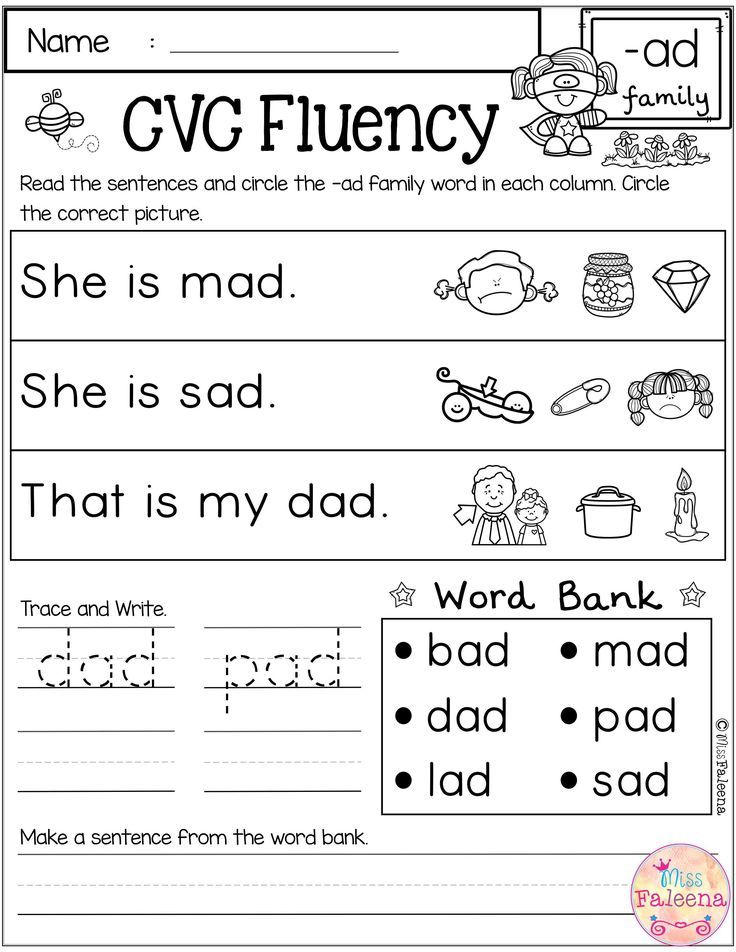
As your child becomes more proficient, you can scale these activities to make them a little more advanced. And remember to have fun with it!
Reading Comes With Time And Practice
Overall, we want to leave you with this: there is no single answer to how to teach a child to read. What works for your neighbor’s child may not work for yours –– and that’s perfectly OK!
Patience, practicing a little every day, and emphasizing activities that let your child enjoy reading are the things we encourage most. Reading is about fun, exploration, and learning!
And if you ever need a bit of support, we’re here for you! At HOMER, we’re your learning partner. Start your child’s reading journey with confidence with our personalized program plus expert tips and learning resources.
Author
Teaching children to read isn’t easy. How do kids actually learn to read?
A student in a Mississippi elementary school reads a book in class.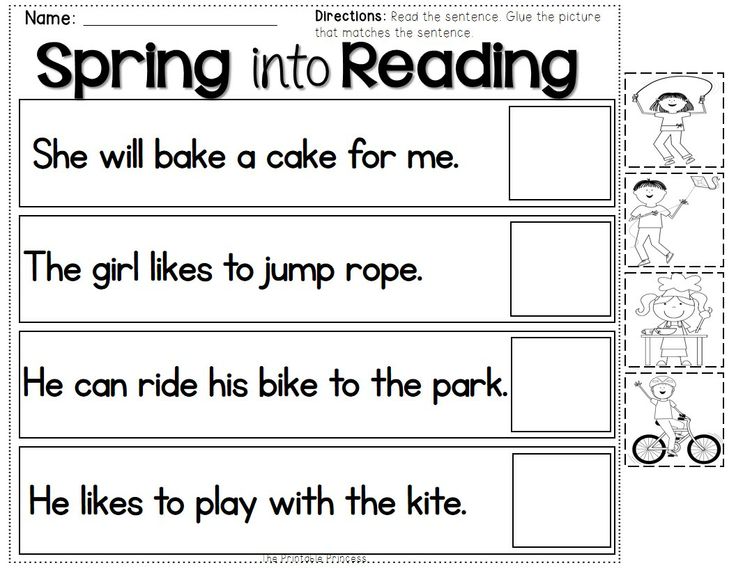 Research shows young children need explicit, systematic phonics instruction to learn how to read fluently. Credit: Terrell Clark for The Hechinger Report
Research shows young children need explicit, systematic phonics instruction to learn how to read fluently. Credit: Terrell Clark for The Hechinger ReportTeaching kids to read isn’t easy; educators often feel strongly about what they think is the “right” way to teach this essential skill. Though teachers’ approaches may differ, the research is pretty clear on how best to help kids learn to read. Here’s what parents should look for in their children’s classroom.
How do kids actually learn how to read?
Research shows kids learn to read when they are able to identify letters or combinations of letters and connect those letters to sounds. There’s more to it, of course, like attaching meaning to words and phrases, but phonemic awareness (understanding sounds in spoken words) and an understanding of phonics (knowing that letters in print correspond to sounds) are the most basic first steps to becoming a reader.
If children can’t master phonics, they are more likely to struggle to read.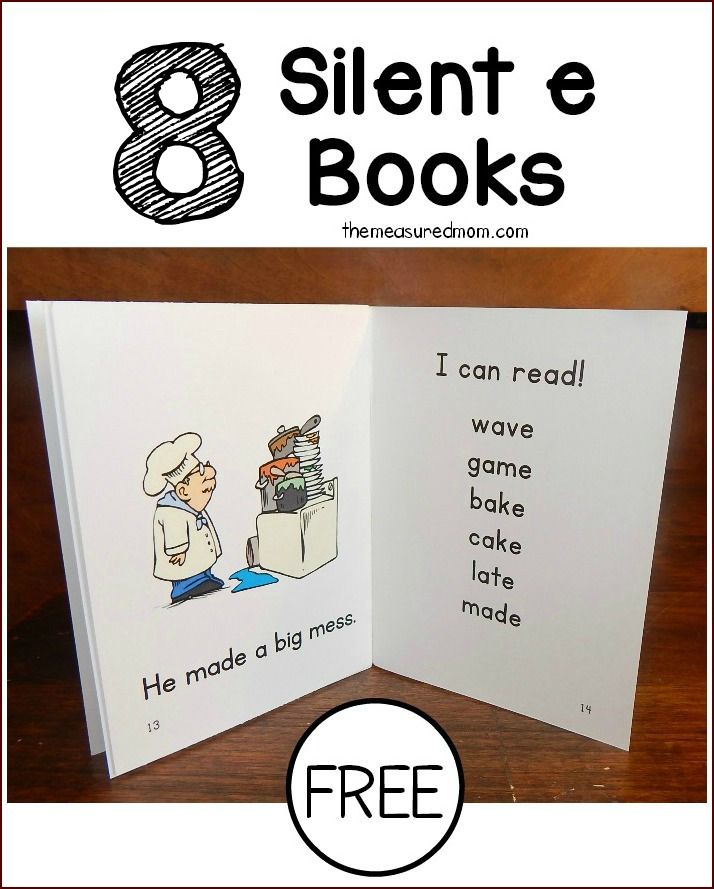 That’s why researchers say explicit, systematic instruction in phonics is important: Teachers must lead students step by step through a specific sequence of letters and sounds. Kids who learn how to decode words can then apply that skill to more challenging words and ultimately read with fluency. Some kids may not need much help with phonics, especially as they get older, but experts say phonics instruction can be essential for young children and struggling readers “We don’t know how much phonics each kid needs,” said Anders Rasmussen, principal of Wood Road Elementary School in Ballston Spa, New York, who recently led the transformation of his schools’ reading program to a research-based, structured approach. “But we know no kid is hurt by getting too much of it.”
That’s why researchers say explicit, systematic instruction in phonics is important: Teachers must lead students step by step through a specific sequence of letters and sounds. Kids who learn how to decode words can then apply that skill to more challenging words and ultimately read with fluency. Some kids may not need much help with phonics, especially as they get older, but experts say phonics instruction can be essential for young children and struggling readers “We don’t know how much phonics each kid needs,” said Anders Rasmussen, principal of Wood Road Elementary School in Ballston Spa, New York, who recently led the transformation of his schools’ reading program to a research-based, structured approach. “But we know no kid is hurt by getting too much of it.”
How should your child’s school teach reading?
Timothy Shanahan, a professor emeritus at the University of Illinois at Chicago and an expert on reading instruction, said phonics are important in kindergarten through second grade and phonemic awareness should be explicitly taught in kindergarten and first grade. This view has been underscored by experts in recent years as the debate over reading instruction has intensified. But teaching kids how to read should include more than phonics, said Shanahan. They should also be exposed to oral reading, reading comprehension and writing.
This view has been underscored by experts in recent years as the debate over reading instruction has intensified. But teaching kids how to read should include more than phonics, said Shanahan. They should also be exposed to oral reading, reading comprehension and writing.
The wars over how to teach reading are back. Here’s the four things you need to know.
Wiley Blevins, an author and expert on phonics, said a good test parents can use to determine whether a child is receiving research-based reading instruction is to ask their child’s teacher how reading is taught. “They should be able to tell you something more than ‘by reading lots of books’ and ‘developing a love of reading.’ ” Blevins said. Along with time dedicated to teaching phonics, Blevins said children should participate in read-alouds with their teacher to build vocabulary and content knowledge. “These read-alouds must involve interactive conversations to engage students in thinking about the content and using the vocabulary,” he said.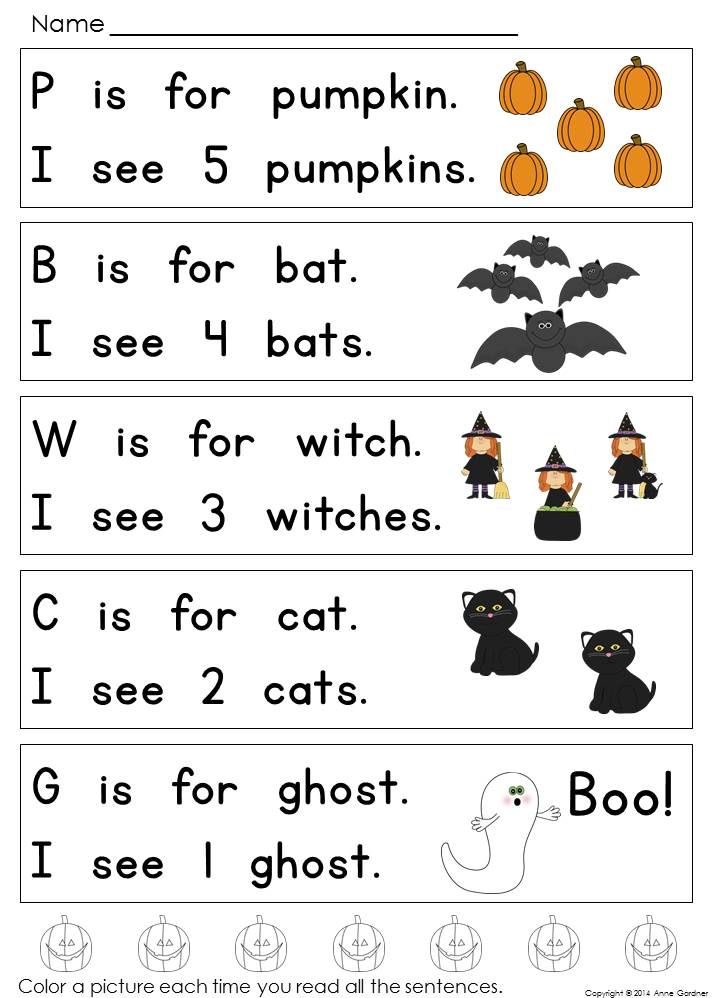 “Too often, when time is limited, the daily read-alouds are the first thing left out of the reading time. We undervalue its impact on reading growth and must change that.”
“Too often, when time is limited, the daily read-alouds are the first thing left out of the reading time. We undervalue its impact on reading growth and must change that.”
Rasmussen’s school uses a structured approach: Children receive lessons in phonemic awareness, phonics, pre-writing and writing, vocabulary and repeated readings. Research shows this type of “systematic and intensive” approach in several aspects of literacy can turn children who struggle to read into average or above-average readers.
What should schools avoid when teaching reading?
Educators and experts say kids should be encouraged to sound out words, instead of guessing. “We really want to make sure that no kid is guessing,” Rasmussen said. “You really want … your own kid sounding out words and blending words from the earliest level on.” That means children are not told to guess an unfamiliar word by looking at a picture in the book, for example. As children encounter more challenging texts in later grades, avoiding reliance on visual cues also supports fluent reading.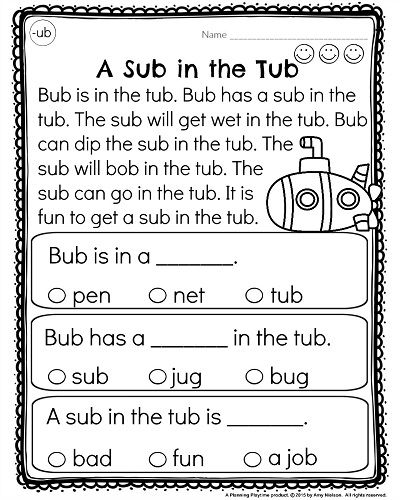 “When they get to ninth grade and they have to read “Of Mice and Men,” there are no picture cues,” Rasmussen said.
“When they get to ninth grade and they have to read “Of Mice and Men,” there are no picture cues,” Rasmussen said.
Related: Teacher Voice: We need phonics, along with other supports, for reading
Blevins and Shanahan caution against organizing books by different reading levels and keeping students at one level until they read with enough fluency to move up to the next level. Although many people may think keeping students at one level will help prevent them from getting frustrated and discouraged by difficult texts, research shows that students actually learn more when they are challenged by reading materials.
Blevins said reliance on “leveled books” can contribute to “a bad habit in readers.” Because students can’t sound out many of the words, they rely on memorizing repeated words and sentence patterns, or on using picture clues to guess words. Rasmussen said making kids stick with one reading level — and, especially, consistently giving some kids texts that are below grade level, rather than giving them supports to bring them to grade level — can also lead to larger gaps in reading ability.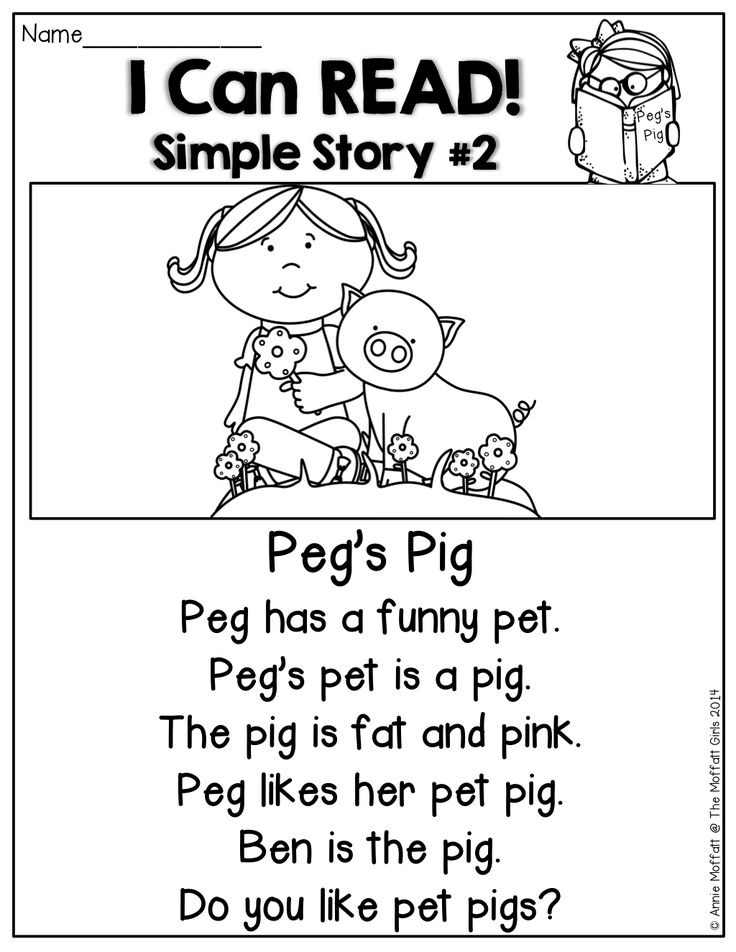
How do I know if a reading curriculum is effective?
Some reading curricula cover more aspects of literacy than others. While almost all programs have some research-based components, the structure of a program can make a big difference, said Rasmussen. Watching children read is the best way to tell if they are receiving proper instruction — explicit, systematic instruction in phonics to establish a foundation for reading, coupled with the use of grade-level texts, offered to all kids.
Parents who are curious about what’s included in the curriculum in their child’s classroom can find sources online, like a chart included in an article by Readingrockets.org which summarizes the various aspects of literacy, including phonics, writing and comprehension strategies, in some of the most popular reading curricula.
Blevins also suggested some questions parents can ask their child’s teacher:
- What is your phonics scope and sequence?
“If research-based, the curriculum must have a clearly defined phonics scope and sequence that serves as the spine of the instruction.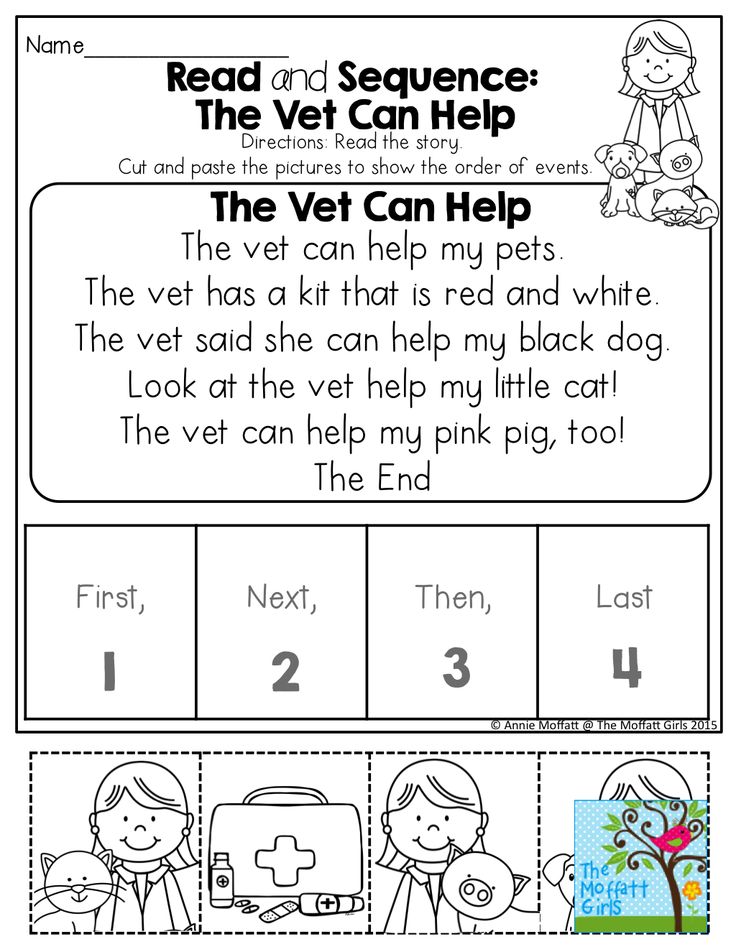 ” Blevins said.
” Blevins said.
- Do you have decodable readers (short books with words composed of the letters and sounds students are learning) to practice phonics?
“If no decodable or phonics readers are used, students are unlikely to get the amount of practice and application to get to mastery so they can then transfer these skills to all reading and writing experiences,” Blevins said. “If teachers say they are using leveled books, ask how many words can students sound out based on the phonics skills (teachers) have taught … Can these words be fully sounded out based on the phonics skills you taught or are children only using pieces of the word? They should be fully sounding out the words — not using just the first or first and last letters and guessing at the rest.”
- What are you doing to build students’ vocabulary and background knowledge? How frequent is this instruction? How much time is spent each day doing this?
“It should be a lot,” Blevins said, “and much of it happens during read-alouds, especially informational texts, and science and social studies lessons.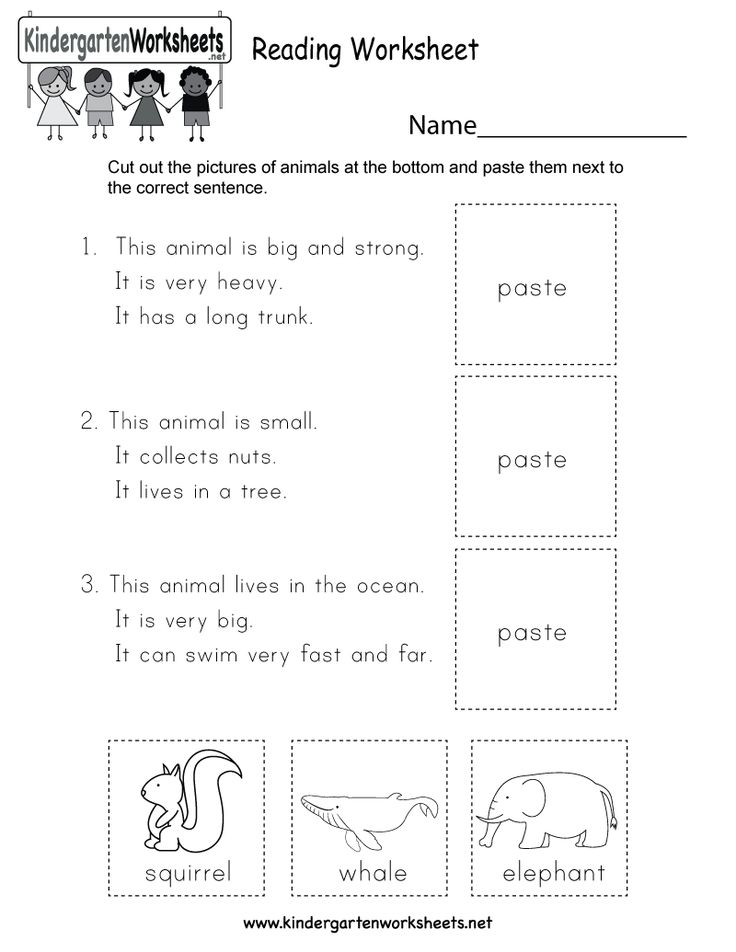 ”
”
- Is the research used to support your reading curriculum just about the actual materials, or does it draw from a larger body of research on how children learn to read? How does it connect to the science of reading?
Teachers should be able to answer these questions, said Blevins.
What should I do if my child isn’t progressing in reading?
When a child isn’t progressing, Blevins said, the key is to find out why. “Is it a learning challenge or is your child a curriculum casualty? This is a tough one.” Blevins suggested that parents of kindergarteners and first graders ask their child’s school to test the child’s phonemic awareness, phonics and fluency.
Parents of older children should ask for a test of vocabulary. “These tests will locate some underlying issues as to why your child is struggling reading and understanding what they read,” Blevins said. “Once underlying issues are found, they can be systematically addressed.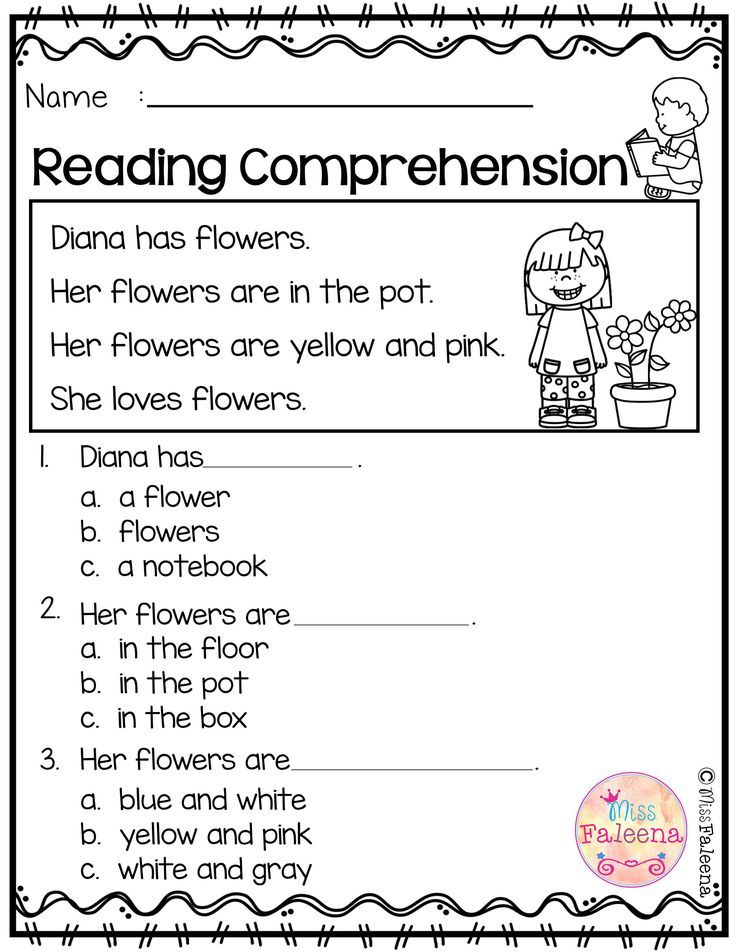 ”
”
“We don’t know how much phonics each kid needs. But we know no kid is hurt by getting too much of it.”
Anders Rasmussen, principal of Wood Road Elementary School in Ballston Spa, New York
Rasmussen recommended parents work with their school if they are concerned about their children’s progress. By sitting and reading with their children, parents can see the kind of literacy instruction the kids are receiving. If children are trying to guess based on pictures, parents can talk to teachers about increasing phonics instruction.
“Teachers aren’t there doing necessarily bad things or disadvantaging kids purposefully or willfully,” Rasmussen said. “You have many great reading teachers using some effective strategies and some ineffective strategies.”
What can parents do at home to help their children learn to read?
Parents want to help their kids learn how to read but don’t want to push them to the point where they hate reading.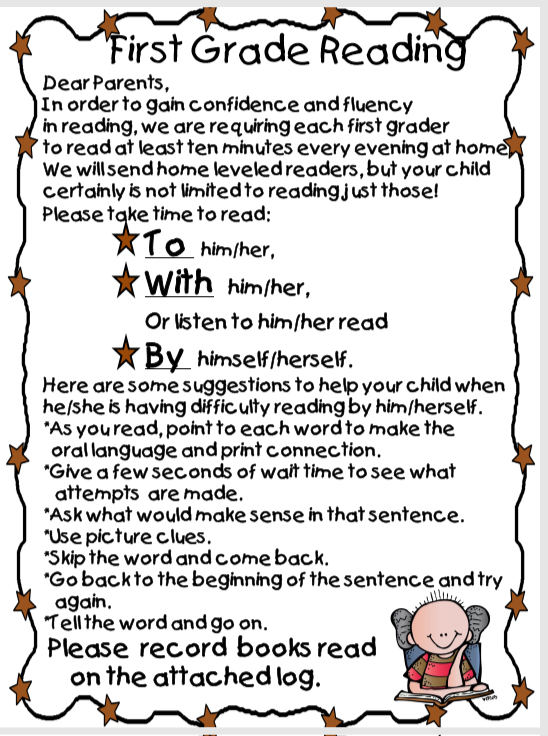 “Parents at home can fall into the trap of thinking this is about drilling their kid,” said Cindy Jiban, a former educator and current principal academic lead at NWEA, a research-based non-profit focused on assessments and professional learning opportunities. “This is unfortunate,” Jiban said. “It sets up a parent-child interaction that makes it, ‘Ugh, there’s this thing that’s not fun.’” Instead, Jiban advises making decoding playful. Here are some ideas:
“Parents at home can fall into the trap of thinking this is about drilling their kid,” said Cindy Jiban, a former educator and current principal academic lead at NWEA, a research-based non-profit focused on assessments and professional learning opportunities. “This is unfortunate,” Jiban said. “It sets up a parent-child interaction that makes it, ‘Ugh, there’s this thing that’s not fun.’” Instead, Jiban advises making decoding playful. Here are some ideas:
- Challenge kids to find everything in the house that starts with a specific sound.
- Stretch out one word in a sentence. Ask your child to “pass the salt” but say the individual sounds in the word “salt” instead of the word itself.
- Ask your child to figure out what every family member’s name would be if it started with a “b” sound.
- Sing that annoying “Banana fana fo fanna song.” Jiban said that kind of playful activity can actually help a kid think about the sounds that correspond with letters even if they’re not looking at a letter right in front of them.
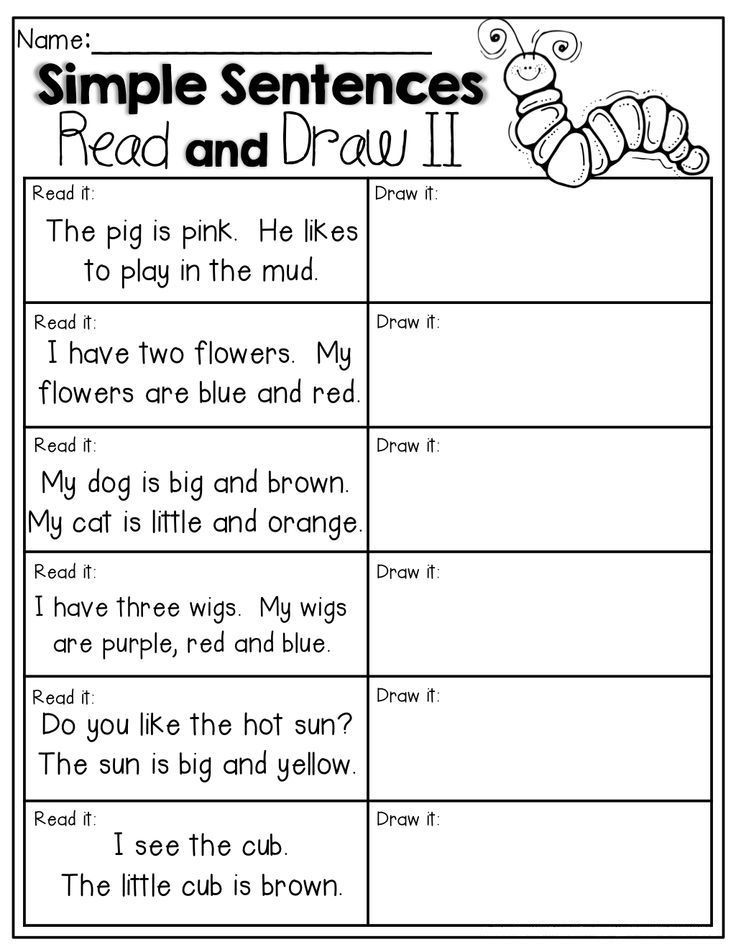
- Read your child’s favorite book over and over again. For books that children know well, Jiban suggests that children use their finger to follow along as each word is read. Parents can do the same, or come up with another strategy to help kids follow which words they’re reading on a page.
Giving a child diverse experiences that seem to have nothing to do with reading can also help a child’s reading ability. By having a variety of experiences, Rasmussen said, children will be able to apply their own knowledge to better comprehend texts about various topics.
This story about teaching children to read was produced by The Hechinger Report, a nonprofit, independent news organization focused on inequality and innovation in education. Sign up for Hechinger’s newsletter.
The Hechinger Report provides in-depth, fact-based, unbiased reporting on education that is free to all readers. But that doesn't mean it's free to produce.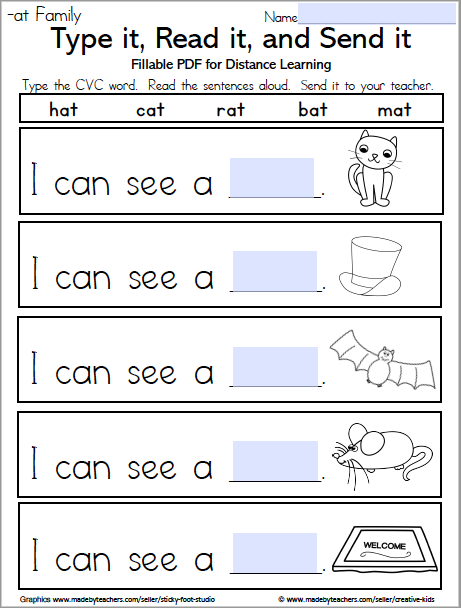 Our work keeps educators and the public informed about pressing issues at schools and on campuses throughout the country. We tell the whole story, even when the details are inconvenient. Help us keep doing that.
Our work keeps educators and the public informed about pressing issues at schools and on campuses throughout the country. We tell the whole story, even when the details are inconvenient. Help us keep doing that.
Join us today.
Information for parents
Blanks of documents:
Blank application for admission to a preschool group
Blank Application for admission to school in the order of transfer from another educational organization
Instructions for working with the portal www.gosuslugi
Instructions for registering on a single portal of state and municipal services
How to enroll a child in a kindergarten (placement on the waiting list)
How to enroll a child in a kindergarten and apply for compensation
APPLICATION FORMS:
- Application form for admission to preschool group
- Receipt for the provision of documents
- Application form for training in an adapted educational program for preschool education
- Application form for refusal of a seat
- Application form for expulsion from the preschool group
- Vacation application form
CATERING:
- This link takes you to the Department of Education's website, which contains regulations on catering and compensation for care and maintenance, memos for parents and an email address for questions.
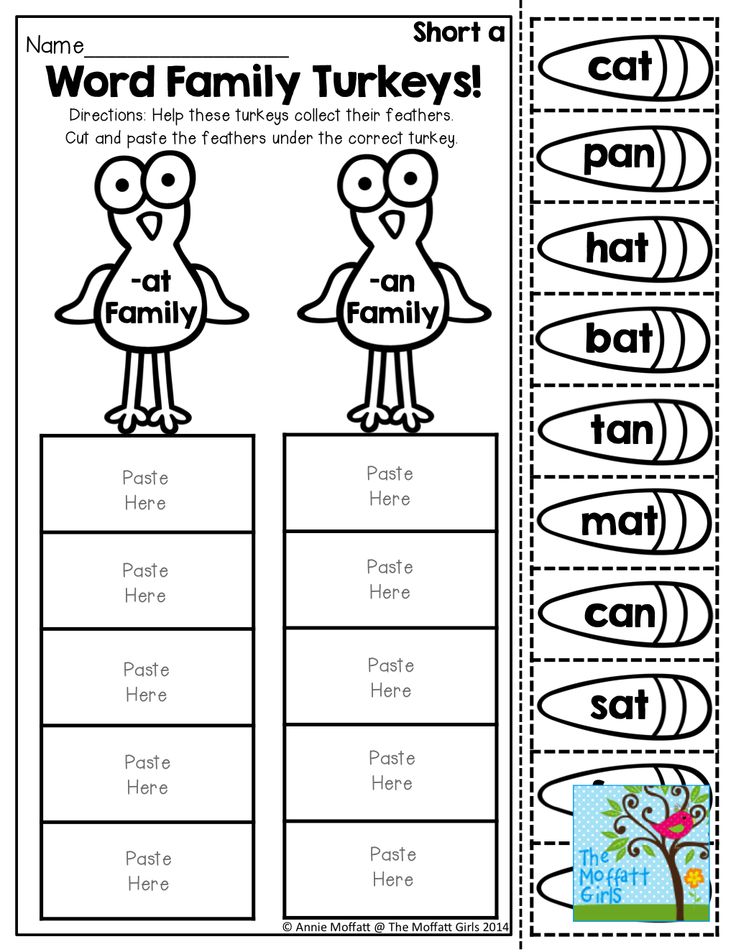
- ORDER dated 08.08.2019 No. 34-np "On amendments to the order of the Department of Education of the Yaroslavl Region dated 03.25.2014 No. 34-np"
Dear parents! You can see your children's daily menu here: Hot meals at school
Parent information corner
Dear parents! Today we will talk with you on an interesting and exciting topic: “How to form an interest in communicating with a book, reading in preschool children”?
I don't think it's worth mentioning that there is a tendency in society to reduce the interest and need for reading. Especially worryingly, this affects children, who are more attracted to watching TV, playing games on tablets and computers. Yes, and many parents prefer electronic games of a developing and educational nature, rather than reading fairy tales to their child or doing them. But it is precisely the preschool age that is distinguished by curiosity and emotionality. It is at this age that interest in the book is born, the reader's experience is acquired.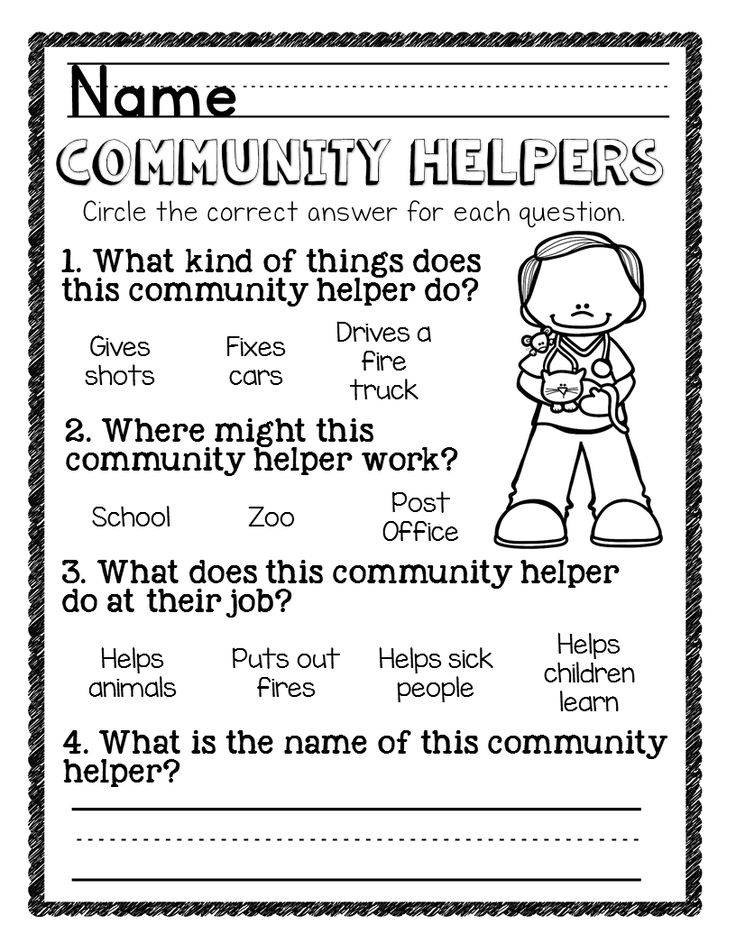 Therefore, to form a need for reading in a preschool child is a very important task for teachers and parents.
Therefore, to form a need for reading in a preschool child is a very important task for teachers and parents.
The process of forming a child's interest in a book and its content at preschool age is largely determined by the extent to which parents are involved in this process, what is the attitude of the family to the book, how the process of reading at home is organized, and how much interest in what is read in kindergarten is maintained. From talking with children about whether parents read books to you, I came to the bitter conclusion that some parents do not attach much importance to the role of books in the development of the child, while others hope that the child will acquire the necessary reading experience in kindergarten. However, if this issue is not dealt with in a timely manner, it will be difficult to form an interest in reading in elementary school, and in some cases it is impossible.
One of the important ways to solve this issue is the systematic work of introducing the child to reading children's literature both in preschool and in the family.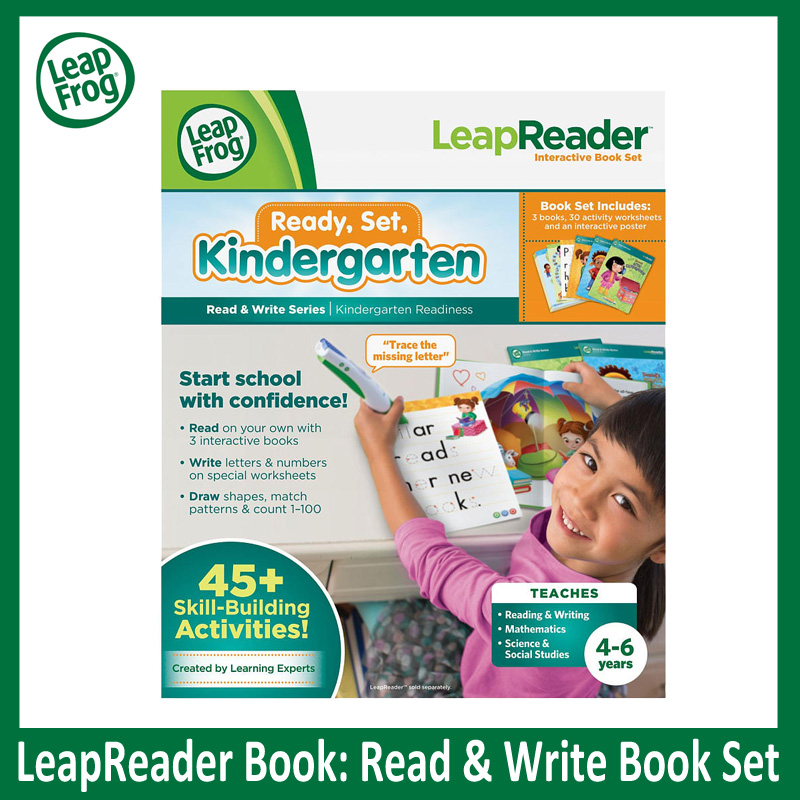 It is the family with its unique atmosphere of kinship, intra-family relations, the love of parents that provides children with psychological comfort. And the child's love and trust in his parents make him particularly susceptible to their influence. It is necessary to maintain constant cooperation between the family and the kindergarten and be a logical continuation of the work.
It is the family with its unique atmosphere of kinship, intra-family relations, the love of parents that provides children with psychological comfort. And the child's love and trust in his parents make him particularly susceptible to their influence. It is necessary to maintain constant cooperation between the family and the kindergarten and be a logical continuation of the work.
- An appropriate subject-developing environment is organized in kindergarten groups, at home there should also be a corner with books selected by the age of the children. There, the child, together with his parents, gets acquainted with new books and shares what he has read with the children in a group (with a demonstration of the book).
- If possible, take your children to the nearest library.
- Spend more time to familiarize the child with his native land, with his small homeland (tell us about the traditions of our ancestors, the history of the village, its culture, introduce the art of our fellow countrymen, introduce the heroes of our village, spend more time in nature, each time paying attention to its characteristics).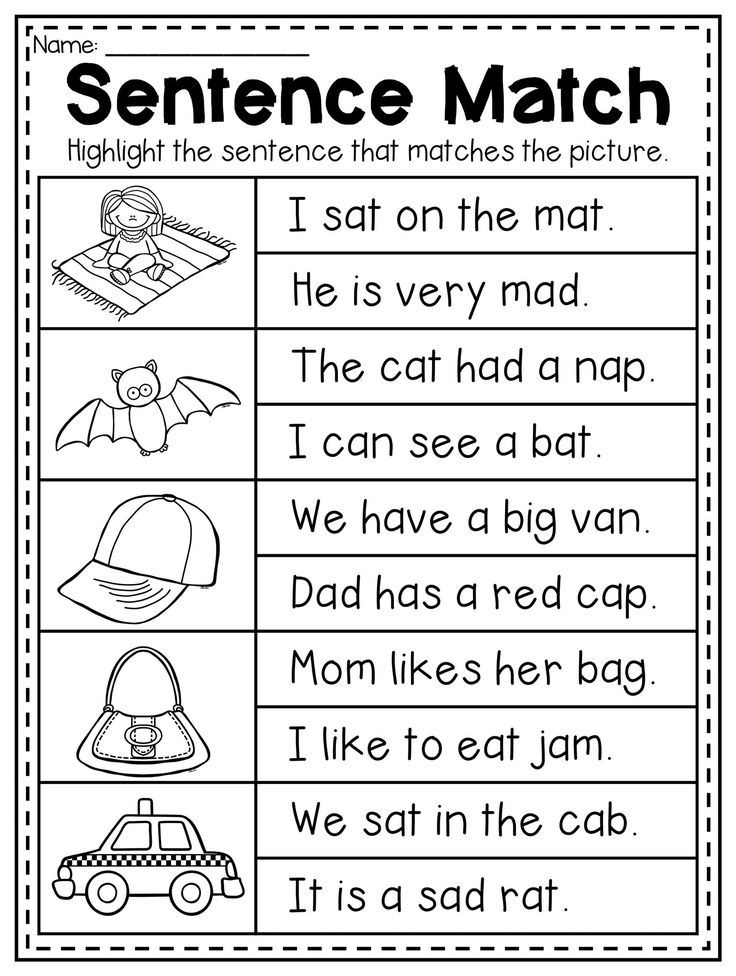 This will keep you in child interest in knowledge, motive to search for new information.
This will keep you in child interest in knowledge, motive to search for new information.
- It is necessary to help the child to be realized in independent creative activity. Read a fairy tale or story, draw the characters of the work or plot, bring the work to the garden, show and tell grandmother, etc.
- Choose a book together in the store, jointly discussing the need to choose a particular book, getting acquainted with its contents.
- Encourage and support the desire and participation of the child in various creative competitions (competition of poems, songs, dances, drawings; theater activities, dramatization games, role-playing games ...) while not forgetting to refer to additional information that can be found together in books (about the author of poetry, about the artist, the history of the origin of dance, tell about the theater and its work, play a fairy tale plot together, etc.).
- Ask every day about what you read today? What poem did you learn? And let's remember the verses that you know with you! I like them so much.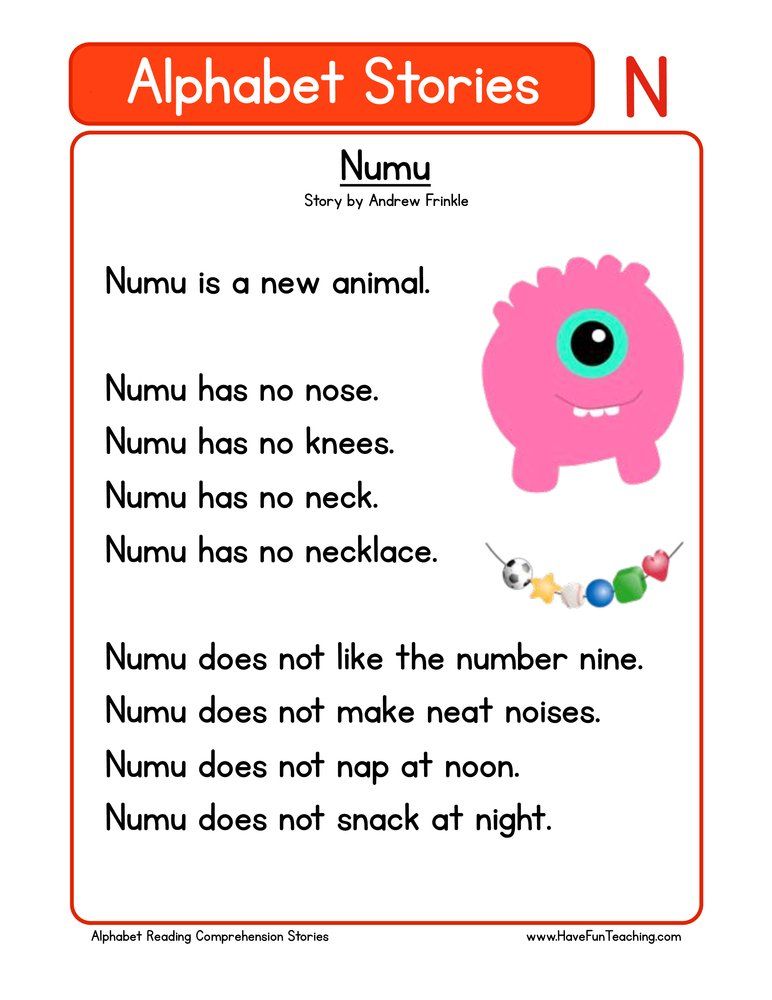 Showing your interest in the activities of the child, you thereby stimulate him to the manifestation of greater cognitive activity.
Showing your interest in the activities of the child, you thereby stimulate him to the manifestation of greater cognitive activity.
Dear parents! Try to be an active partner in all creative endeavors of the kindergarten. Take an active part in all activities with your children. Live this period (preschool childhood) together, not side by side. It is during this period that you need to have time to lay down and develop all the best, to form all the most valuable.
To form a child's interest in reading at this age through various activities means taking care of his intellectual, moral, spiritual potential, opening the way to the most important source of information - a book!
7 secrets of cultivating interest in reading.
1 secret. Read for yourself.
It is not our words that bring up a child, but deeds and the environment. A family where parents often read and discuss books is likely to grow up to be a good reader. Want to instill an interest in reading in your child? Read for yourself and read to your child, talk about what you read, discuss books.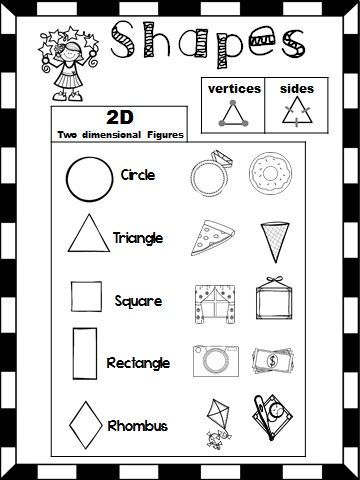
2 secret. Learn by playing.
A person will never love what is given to him with difficulty. He will endure, but not love. If you teach a child to read, teach in a way that makes it easy and interesting for him, teach while playing. Only in the game can a child learn without feeling pressure, without experiencing stress and negativity. It is in the game that the best results are achieved at the lowest cost.
3 secret. All through interest!
The interest of the child comes first, not what you want or need. Read those books that your child likes, that are interesting to him. Read books by age! And if, in fact, you need to read something that does not delight the child, then help the child read and understand, read it together.
4 secret. Book design.
Pay attention to the design of the book. Children simply need illustrations in the book, good quality paper and clear type. It is very good if each page has a large illustration and some text.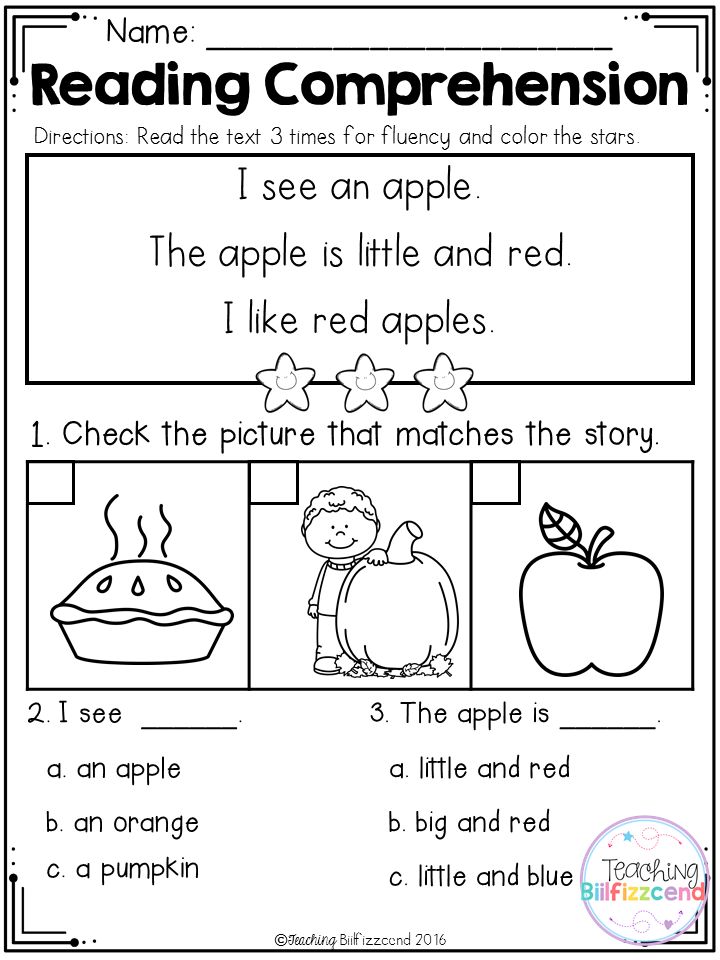 Because a large amount of text causes fear, tires the child and reduces the ability to understand the text.
Because a large amount of text causes fear, tires the child and reduces the ability to understand the text.
5 secret. Use the Cassil method.
Find an interesting book and start reading. Get to a very interesting moment, where some kind of intrigue is created, a turning point in events, and suddenly remember that you need to do something urgently - stop reading. Leave the book with a bookmark and tell your child that he can wait until tomorrow or try reading on his own. Of course, the child will want to know the sequel, but not everyone will pick up a book and start reading. Someone will wait until tomorrow. But if the child took the book and began to read, then it is worth praising him and offering to read it together (line by paragraph). The next time the child will again take the book and begin to read it in the hope that you will immediately come to the rescue. But don't rush. Of course, it is necessary to praise him for his desire to read, but it is not immediately possible to come to the rescue.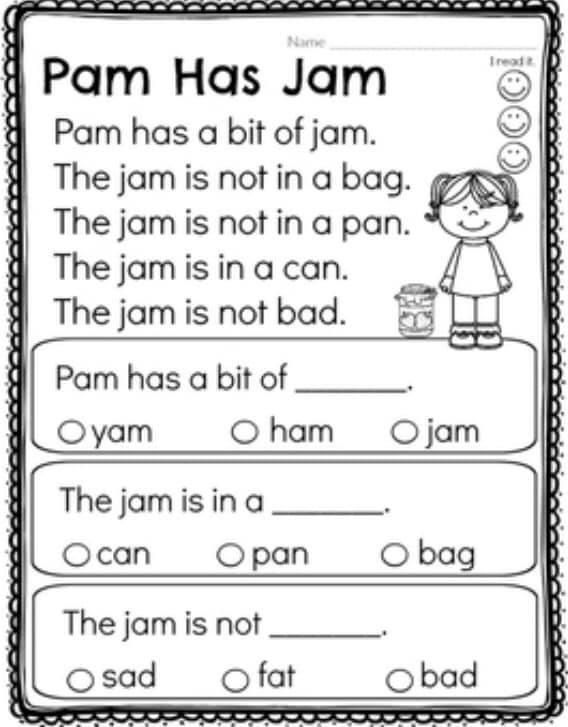 Let him read a little. And only then you offer to read alternating. And so every time you praise the child for the desire to read, but help to finish reading later and less. So gradually you will reach the moment when the child finishes everything himself.
Let him read a little. And only then you offer to read alternating. And so every time you praise the child for the desire to read, but help to finish reading later and less. So gradually you will reach the moment when the child finishes everything himself.
6 secret. Read to a child!
Read to your child, even if he can already read. In any case, you will read better than the child, show him an example of correct and expressive reading, and help him better understand the meaning of the text. By reading with your child, you will get to know the interests of the child, his thoughts and desires better. And the child will feel your support and interest, which contributes to the development of mutual understanding. Joint reading also contributes to the development of mindfulness, because an adult can always ask a clarifying question, and the child needs to answer it.
7 secret. We develop interest through the situation of victory.
Ask your child problematic questions, provoke an argument and offer to find out who is right with the help of a book.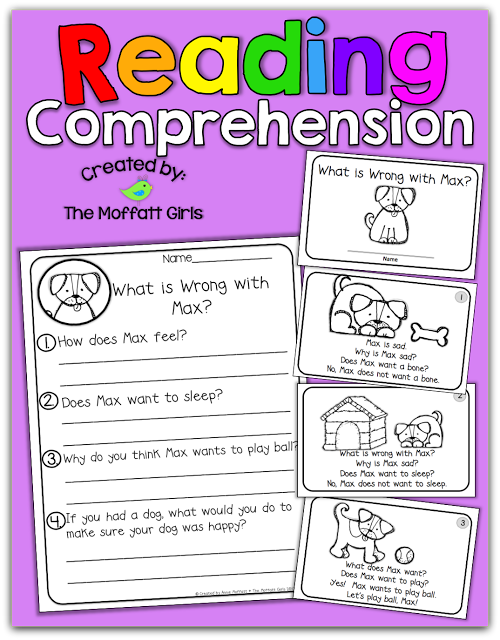 Of course, the child wants to prove that he is right, and most likely, he will look for proof of his innocence. At first, of course, it is necessary to adjust the question so that the child is still right. This forms success and reinforces the feeling of pleasure from the process of finding evidence. The child understands that he read not in vain. There are many such controversial questions. For example: children from kindergarten know that a swallow is a migratory bird. And you say no, the swallow hibernates, only she hides under the bark of trees or burrows into the ground. And show that it is written in this book. Most children will prove what they were told in kindergarten or school. And you stand your ground and offer to find the answer in the book. Of course, you need to know in advance where you can find the answer and show the child this page or chapter. But how much joy the child will have when it turns out that he is still right! Be sure to praise your child for wanting to find the right answer and admit that you were wrong.
Of course, the child wants to prove that he is right, and most likely, he will look for proof of his innocence. At first, of course, it is necessary to adjust the question so that the child is still right. This forms success and reinforces the feeling of pleasure from the process of finding evidence. The child understands that he read not in vain. There are many such controversial questions. For example: children from kindergarten know that a swallow is a migratory bird. And you say no, the swallow hibernates, only she hides under the bark of trees or burrows into the ground. And show that it is written in this book. Most children will prove what they were told in kindergarten or school. And you stand your ground and offer to find the answer in the book. Of course, you need to know in advance where you can find the answer and show the child this page or chapter. But how much joy the child will have when it turns out that he is still right! Be sure to praise your child for wanting to find the right answer and admit that you were wrong.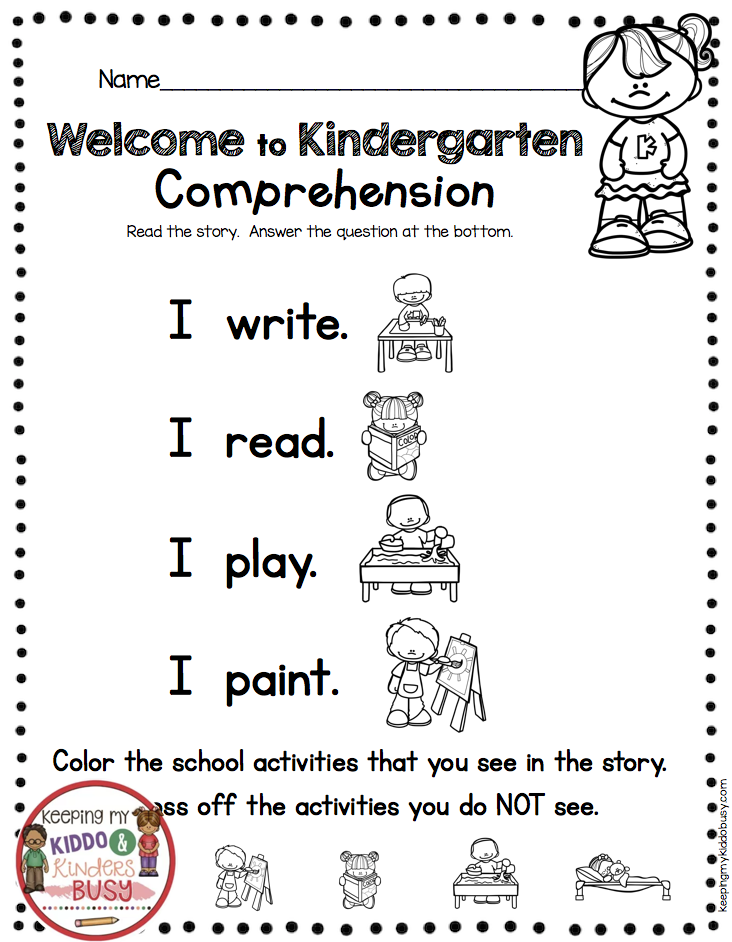 Tell the child. Retell the most interesting moments from the books to your child and show where you can read the sequel. Tell interesting facts about the life of animals and plants, about transport and weapons - all this can be easily found in encyclopedias and show where you can read it. Come up with various tests based on the works of children's authors, for example, on Pushkin's fairy tales. Compose stories and fairy tales with him, write them down in the form of books and give them to friends.
Tell the child. Retell the most interesting moments from the books to your child and show where you can read the sequel. Tell interesting facts about the life of animals and plants, about transport and weapons - all this can be easily found in encyclopedias and show where you can read it. Come up with various tests based on the works of children's authors, for example, on Pushkin's fairy tales. Compose stories and fairy tales with him, write them down in the form of books and give them to friends.
If you rely on these secrets in communicating with your child, you will definitely interest him in reading. A reader is always an interesting and successful person.
Reading to children is wonderful, reading correctly is productive (effective) reading. The process of reading is carried out by teachers in regime moments, at GCD using one or another technology.
- What is technology? This is a sequence of steps.
- What is productive reading? Productive from the word "product".
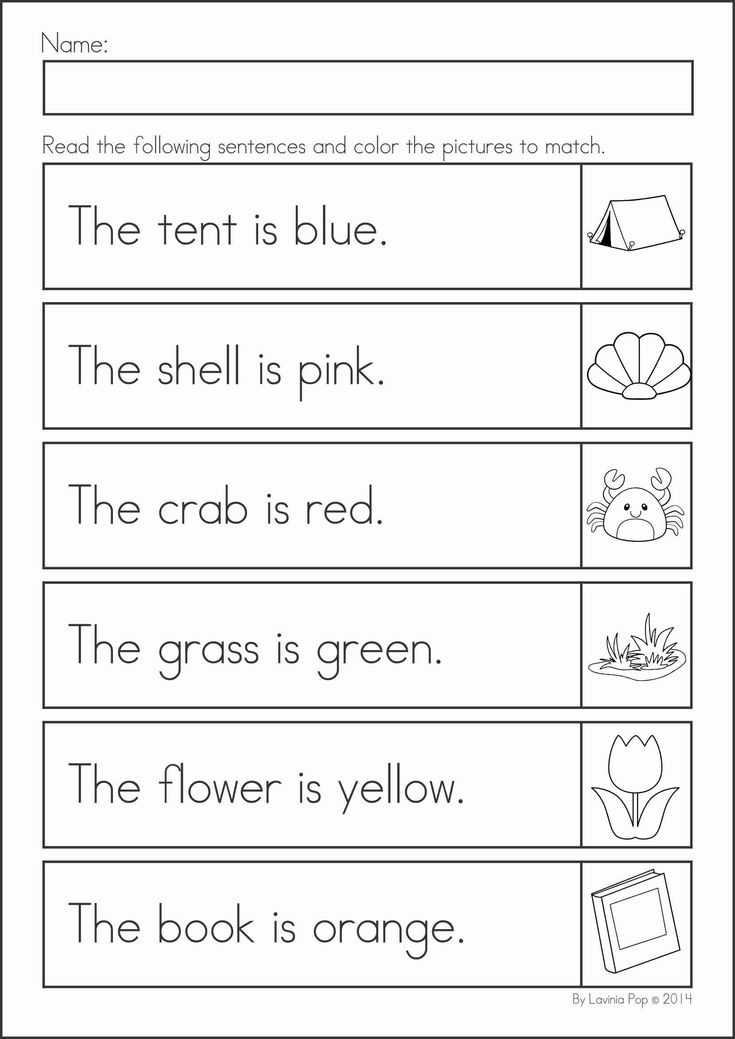
- What can be the product of reading? Result.
- And what result can be from reading? Perception of the text - emotional response - reasoning - a series of questions and understanding of the meaning of what was read!!!
And in order for a child to understand the meaning, it is necessary:
- Read emotionally, expressively, make logical stops;
- pay attention to unfamiliar words and immediately explain them without making long pauses and not distracting the child's attention;
- in the course of reading, you can ask, as it were, a question to the author. These are short questions - answers that can be learned in the process of reading, for example: “What will happen now?”, “How can this be explained?”, “Why exactly?”, “Why did he do this?” and a number of other questions. The question, as it were, “hangs” in the air, it does not need to be answered, but this question, questions begin to activate thought processes in the child’s head.
 Attention is activated, internal reasoning begins, interest in listening to reading appears.
Attention is activated, internal reasoning begins, interest in listening to reading appears. - reading commentary is a reading that is accompanied by explanations, interpretation of words, expressions, subtext in the form of explanations, reasoning, assumptions. Commenting is carried out in the course of reading, only this work with the work becomes motivated. Dear parents! I hope that this information will be useful to you. But this does not mean at all that every work must be read that way. Even if you take a book after a working day, just relax together, look at the illustrations, read and fall asleep, it will be wonderful. And if then, the next day, you talk about what you read, share your impressions with each other, then this will be 100% success.
Offers:
1. Read with children and keep a reading diary. Bring it to the group and tell the children before a quiet hour about what they have read, retell and show the illustrations.
2. Daily repeat the poems learned in the garden with the children.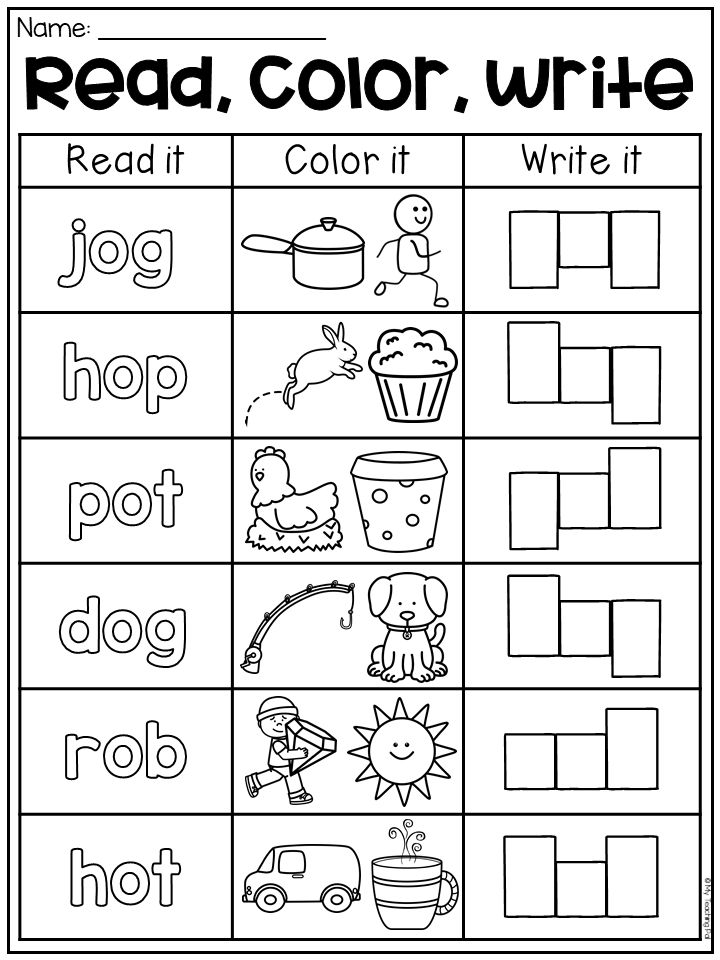
3. Organize a children's book corner at home.
The importance of books in the development of preschool children
The importance of books for a child is very great. Books serve to expand the child's understanding of the world, to acquaint him with things, nature, everything that surrounds him.
It is the parents who read the child's first books and influence the formation of his preferences and reading tastes.
You need to read with your child: take a book, sit next to it and read. When systematically books are read aloud, then over time the child begins to understand the structure of the work: where the beginning and end of the work, how the plot develops. The child develops logical thinking. Thanks to reading, the child learns to correctly compose sentences, his vocabulary expands, and his imagination develops. In addition, the child develops the ability to listen, and this is a very important quality.
Experience shows that those children to whom books were read in childhood tell fairy tales when they grow up, they read a lot.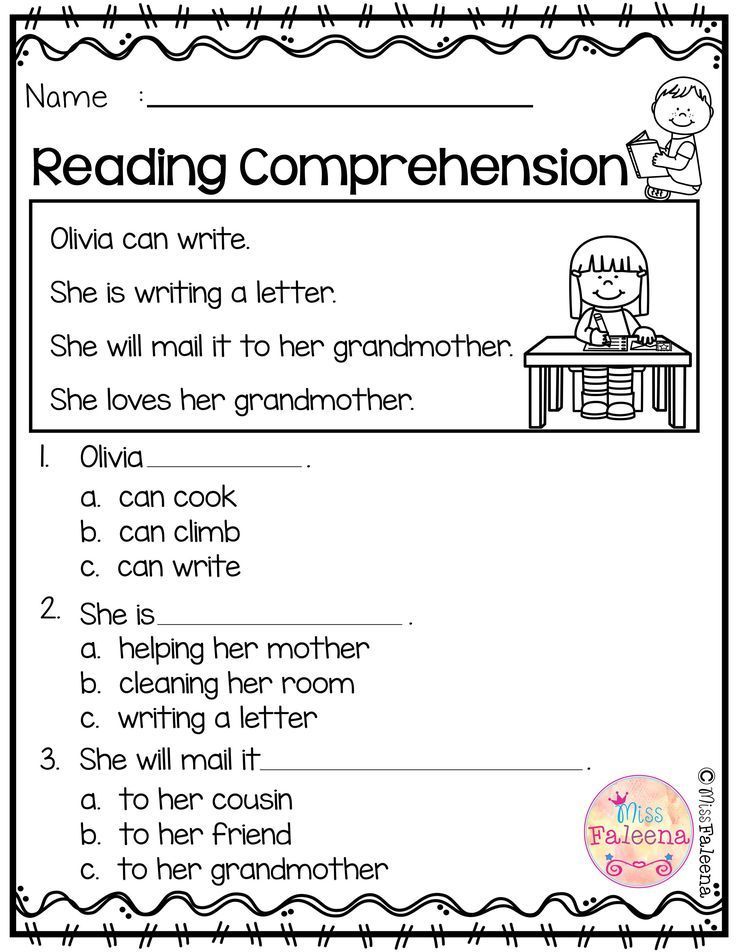 Reading helps the child to better understand the native language, develops imagination.
Reading helps the child to better understand the native language, develops imagination.
It is believed that those children do not like to read, in whose families there was no tradition of reading aloud. It is also bad when a child is forced to read in early childhood, great success is expected of him, this can discourage the child from reading. Do not refuse the child when he asks to listen to how he reads.
Why read books to children?
Children have a great need for their parents to read aloud to them. For the successful development of the child, family reading is very important, and not only until the child himself can read, but also at a later age. Children look forward to when mom or dad has time for them.
In order for a child to grow up mentally healthy, he needs full communication with his parents, personal communication, when attention is paid to him completely. And reading together makes that possible.
The first reason to read books is to satisfy the child's need for security
and security.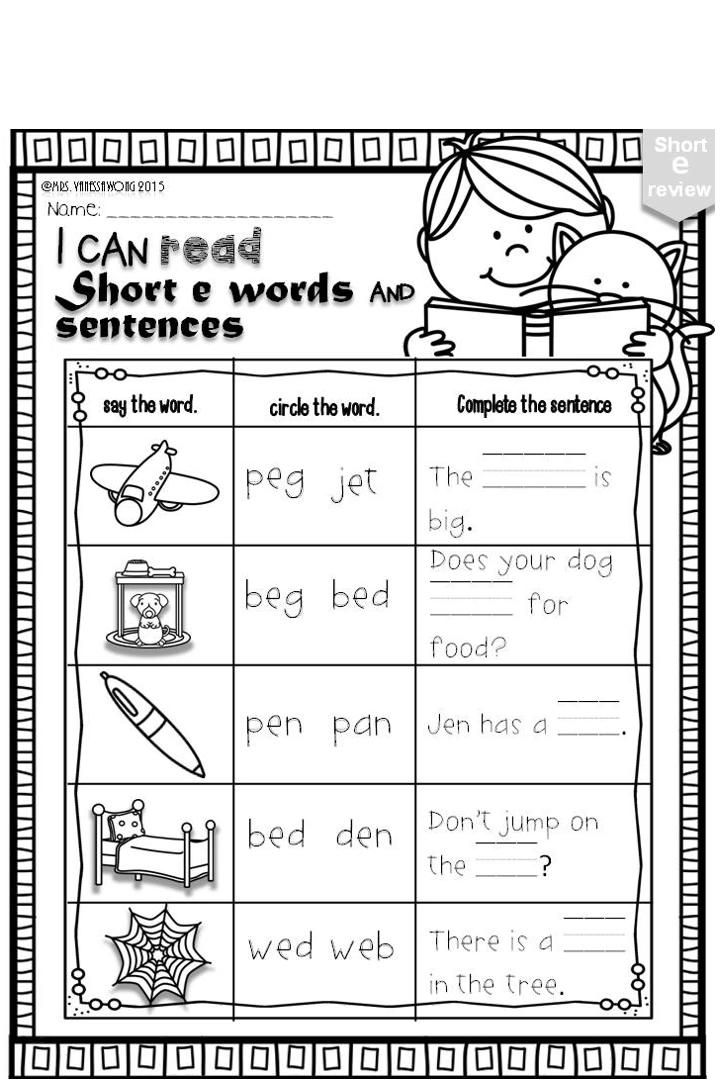 A single space is created, a sense of belonging. Such moments have a strong influence on the formation of a comfortable sense of the world.
A single space is created, a sense of belonging. Such moments have a strong influence on the formation of a comfortable sense of the world.
The second reason is the feeling of value and significance of one's "I" .
When parents read what is interesting to the child and are ready to discuss topics that are significant to him, strive to understand his views as best as possible, the child develops an idea of himself as a significant person whose needs and interests are important (because they pay attention to such important people - parents).
The third reason is the formation of values
The book affects the moral ideals of the child, forming his values. The heroes of the books perform various actions, experience various life situations, consonant with the world of the child or unknown to him. Using the examples of situations in which the heroes of the books find themselves, the child learns to understand what good and evil, friendship and betrayal, sympathy, duty, honor are. And the task of parents is to help see the reflection of these values in the life of the child.
And the task of parents is to help see the reflection of these values in the life of the child.
Release from fears
The book is also a means of defusing experiences that are painful or frightening for a child, which it is not always possible to cope with in a familiar situation. The child, together with the hero, experiences his failures and victories, overcomes fears and difficulties on the way to the goal. Thus, freeing yourself from your own fears and negative experiences. That is why a child can re-read a story (or a whole book) many times if it is consonant with his life situation. The child again and again experiences what he cannot yet cope with in reality.
Teaching new patterns of behavior
Through the book, the child perceives different patterns of behavior (how to make friends, how to achieve goals, how to resolve conflicts) that can be effective in various life situations. The greatest effect can be achieved if the reading is also supplemented by a joint discussion of who and what took out for themselves, what they liked, what was close, frightened, amused. Parents can help the child to see the analogies of what they read with his own life.
Parents can help the child to see the analogies of what they read with his own life.
A book is the best teacher of a child.
With its help, he will be able to find answers to his questions, learn about the world and himself, experience the stories of heroes, fantasize the development of further events of a particular work.
The kid is growing, which means that every day more and more new experiences await him, he actively explores the world and makes many discoveries. He receives more and more diverse information he needs for further correct physical, mental and mental development. Children receive new knowledge from the people around them, primarily from their parents, as well as from books.
It's no secret that today's children read little, preferring books to watching TV programs and videos, computer films. This sad reality should make us parents think and try to somehow correct the situation.
From a very young age, babies need to read as many books as possible. It is very important that he loves this activity. The book may be of interest to both boys and girls, the main thing is to find an option that the child will like.
It is very important that he loves this activity. The book may be of interest to both boys and girls, the main thing is to find an option that the child will like.
Scientists have found that a child who is systematically read to accumulates a rich vocabulary.
Reading with the mother, the child actively develops imagination and memory.
It is reading that performs not only a cognitive, aesthetic, but also an educational function. Therefore, parents need to read books to their children from early childhood.
The variety of children's books surprises, but not always pleases. It is important to remember that in any book, including children's, the most important thing is the content.
Recommendations for purchasing literature:
Children 2-3 years old love books with large pictures, love to look at them. Here Russian folk tales come to the rescue: "Turnip", "Gingerbread Man", "Ryaba Hen", "Teremok".
It is always easier for a small child to perceive a story than reading. Therefore, tell him fairy tales in your own words and at the same time look at the pictures for the book.
In the third year of life, the vocabulary increases rapidly, and the child can already read poems. Introduce the work of A. Barto, Z. Alexandrova.
In children 4-5 years old, vocabulary is activated, coherent speech is developing. When reading literary works to a child, you need to pay attention to individual words and expressions. You can learn to retell short texts of Russian folk tales.
Slowly start memorizing poems. At this age, you can introduce the child to the tales of foreign authors, heroic folk tales, stories about nature and animals, and the work of K. Chukovsky.
For children 6-7 years old among all genres of fiction, fairy tales are still in the first place, only author's ones are added to the folk ones. Therefore, they can be introduced to the work of Eduard Uspensky, with the funny stories of N.